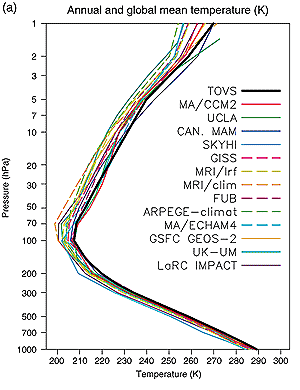

The swamps are found along the shores of the lakes and the large rivers.ĥ. The marshes can be found on the fringes of the lakes and the rivers, and they re practically a transitional zone between the waters of these water bodies and the land. The main difference between the marshes and the swamps is that the marshes are wetlands that are very rich in nutrients and they support grasses and reeds, while the swamps are wetlands that can support trees and other woody plants. If the rainfall decreases, then the lake will have higher loss of water through evaporation then what it gets, resulting in drying out.Ĥ. The geological activities can simply make the lake go up, or lean sideways, thus it can lose its water through runoff. The reason for that is that they are bodies of water that are the easiest affected by the changes in the climate, as well as the changes in the relief. The lakes are not the most reliant bodies of water when it comes to being long lasting. The open lakes on the other hand have rivers and streams coming into them, as well as having an opening from the which the water is coming out, thus there's a stream or river coming out of it, which makes the water slowly circulate and change.ģ. The close lakes don't have rivers and streams coming into them, nor there's a river or stream coming out of them, they are closed by higher physical features. The difference between a closed lake and an open lake is that the close lake doesn't have water from another body of water coming in and going out of it, while the open lake has exactly that. This water moves downward, from the higher parts toward the lower parts.Ģ. The water of the streams on the other hand is moving much quicker, and it moves along the banks. Not to get me wrong, it moves, but it moves in an enclosed area, and it moves horizontally, not downward. The water of the lakes is relatively static. The main difference between the water in the lakes and the water in the streams is that the water of the lakes is enclosed, thus it is more static (relatively speaking), while the water from the streams is moving along the banks. Nicolaus Steno: Biography and Original Papers of a 17th Century Scientist. Brookfield, Principles of Stratigraphy, Blackwell Publishing, 2004, p. Principle of cross-cutting relationships.

Thus the principle of original horizontality is widely, but not universally, applicable in the study of sedimentology, stratigraphy, and structural geology. Also, sedimentary beds may pinch out along strike, implying that slight angles existed during their deposition. Similarly, sediments may drape over a pre-existing inclined surface: these sediments are usually deposited conformably to the pre-existing surface.

This is known as the angle of repose, and a prime example is the surface of sand dunes. For instance, coarser grained sediments such as sand may be deposited at angles of up to 15 degrees, held up by the internal friction between grains which prevents them slumping to a lower angle without additional reworking or effort. However, it is now known that not all sedimentary layers are deposited purely horizontally. Īs one of Steno's Laws, the principle of original horizontality served well in the nascent days of geological science. From these observations is derived the conclusion that the Earth has not been static and that great forces have been at work over long periods of time, further leading to the conclusions of the science of plate tectonics that movement and collisions of large plates of the Earth's crust is the cause of folded strata. It was first proposed by the Danish geological pioneer Nicholas Steno (1638–1686). The principle is important to the analysis of folded and tilted strata. The principle of original horizontality states that layers of sediment are originally deposited horizontally under the action of gravity. Principle of original horizontality explained


 0 kommentar(er)
0 kommentar(er)
